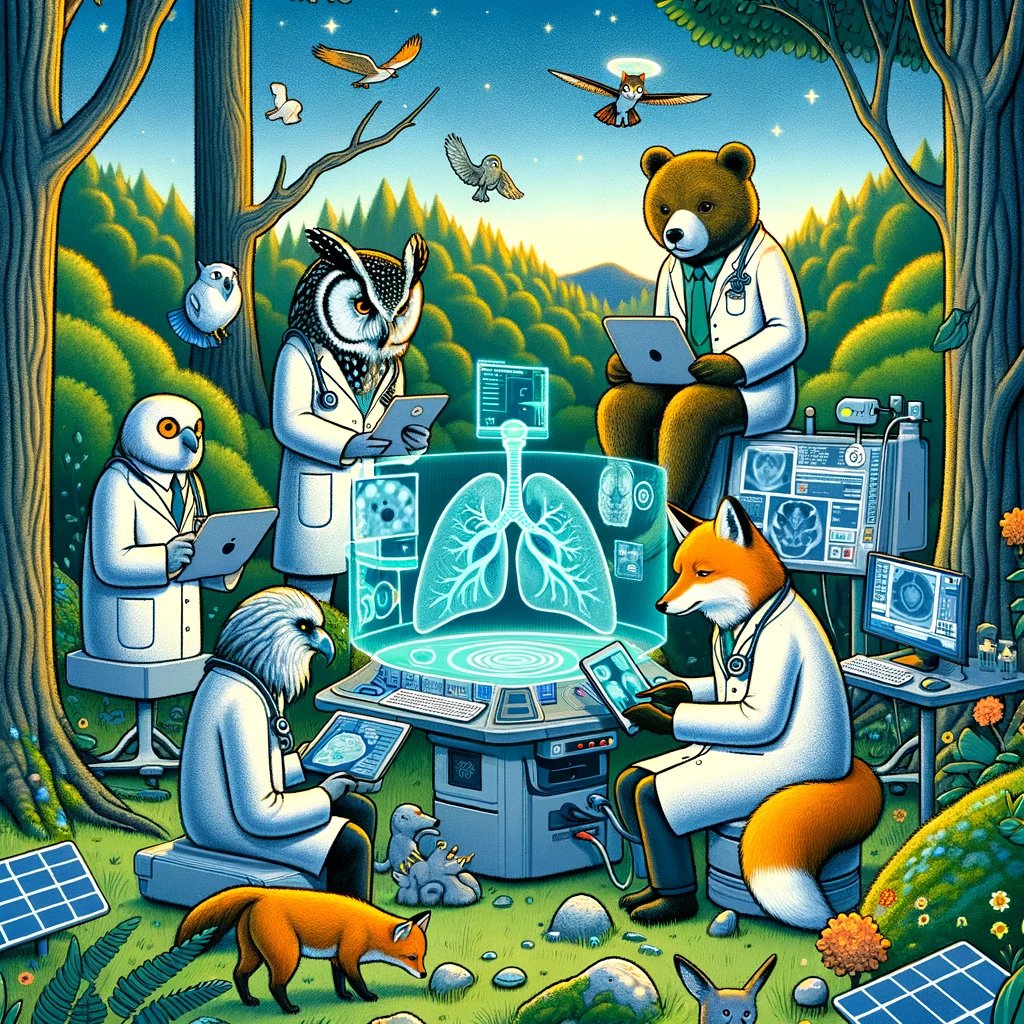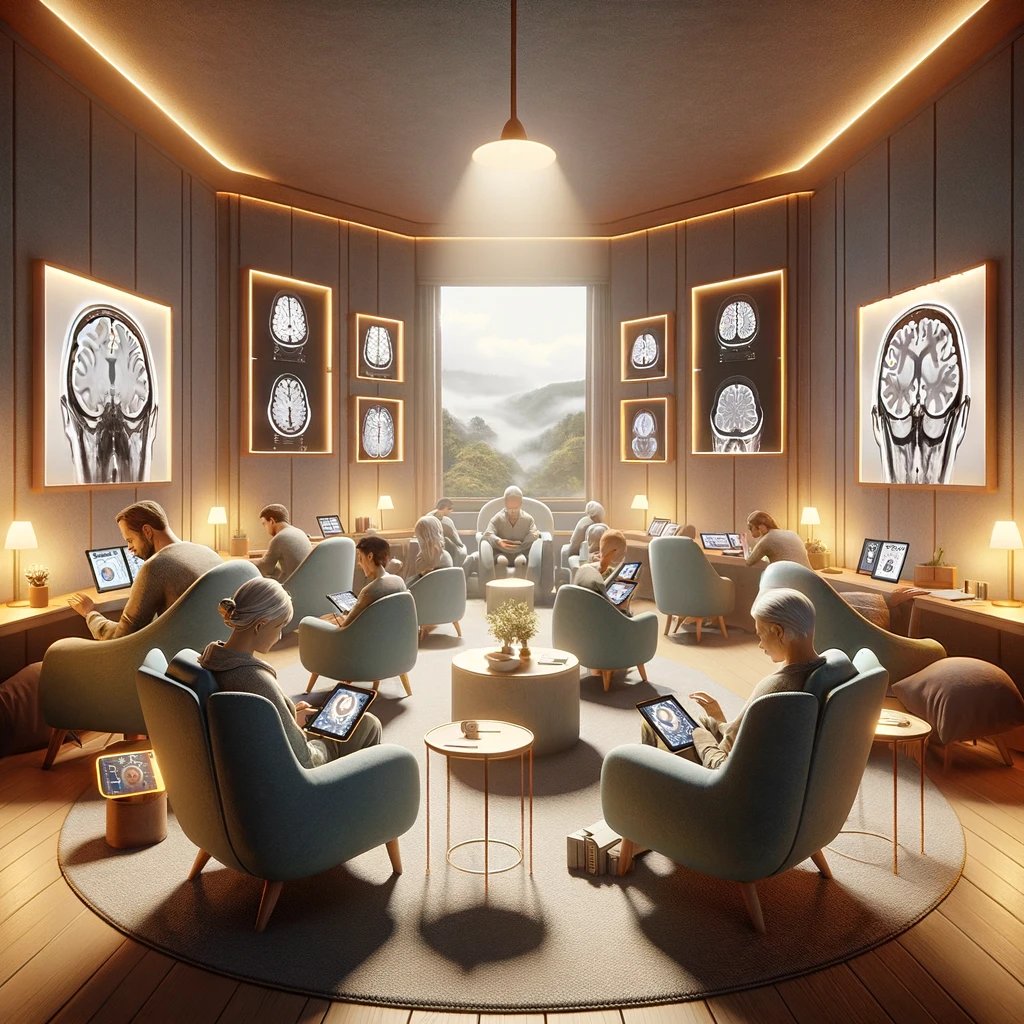The Future of Medical Imaging: Embracing Foundation Models in 2024
 Pär Kragsterman
Pär Kragsterman

The field of medical imaging is on the brink of a revolutionary transformation. As we move into 2024, foundation models are set to redefine how radiologists approach diagnostics and patient care. These advanced AI systems, capable of handling a wide range of tasks, promise to enhance accuracy, efficiency, and overall outcomes in radiology. In this article, we explore the challenges and perspectives of integrating foundation models into medical imaging, highlighting their potential to revolutionize the field.
As CTO for Collective Minds Radiology, I'm in the midst of observing the radiology AI industry to shift from "1.0 narrow AI" to "2.0 wide AI". Where the first wave launched some 7-10 years ago and is currently in the midst of consolidation and becoming profitable. The second generation, just starting out now, together with the wave of LLMs and foundation models, will represent a philosophical shift in terms of what kind of questions may be answered.
Traditionally, radiology has relied on narrow AI technologies designed to answer specific questions, such as “Is there a fracture in the image?” However, the advent of foundation models marks a significant shift towards wide AI technologies. These models, similar to GPT, are capable of addressing broader diagnostic challenges and providing comprehensive insights. According to a recent study, "Medical foundation models have immense potential in solving a wide range of downstream tasks, as they can help to accelerate the development of accurate and robust models".
Foundation models offer numerous opportunities for enhancing medical imaging. They can reduce the need for large amounts of labeled data, preserve patient privacy, and generate more generalized representations of medical data. The study highlights that these models can be leveraged in various downstream medical tasks to improve diagnostic precision and treatment decisions. For instance, modality-specific models can be tailored to different imaging techniques, such as MRI, CT scans, and ultrasound, ensuring optimal performance across diverse applications.
Despite their potential, developing foundation models for medical imaging presents several challenges. The diverse imaging modalities used in medicine, ranging from X-rays to magnetic resonance, require models that can handle multiple scales and properties. The study notes, "It may be infeasible to develop a unified multi-scale foundation model trained from a combination of these multi-modality images". However, the growing availability of high-quality annotated medical data is paving the way for specialized foundation models that can address these challenges.
As we embrace 2024, the integration of foundation models in medical imaging holds the promise of transforming radiology. By moving beyond narrow AI technologies, these advanced systems can provide radiologists with the tools they need to deliver more accurate and efficient patient care by substantially widening the types of questions we can ask the new algorithms. The future of medical imaging is bright, and foundation models are at the forefront of this exciting evolution.
For more detailed insights, you can read the full study here.
Pär Kragsterman, CTO and Co-Founder of Collective Minds Radiology



